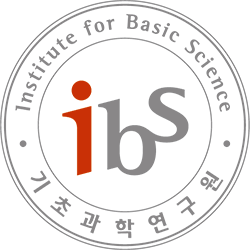Jooyoung Hahn – Topological Data Analysis with two applications: Tumor Microenvironment and 2D Chromatography with High-Resolution Mass Spectrometry
B232 Seminar Room, IBS 55 Expo-ro Yuseong-gu, Daejeon, Daejeon, Korea, Republic ofAbstract Topological Data Analysis (TDA) has emerged as a powerful framework for uncovering meaningful structure in high-dimensional, complex datasets. In this talk, we present two applications of TDA in analyzing patterns, one in the tumor microenvironment (TME) and the other in high-resolution chemical profiling. In the first case, we develop a TDA-based framework to quantify malignant-immune cell interactions …




